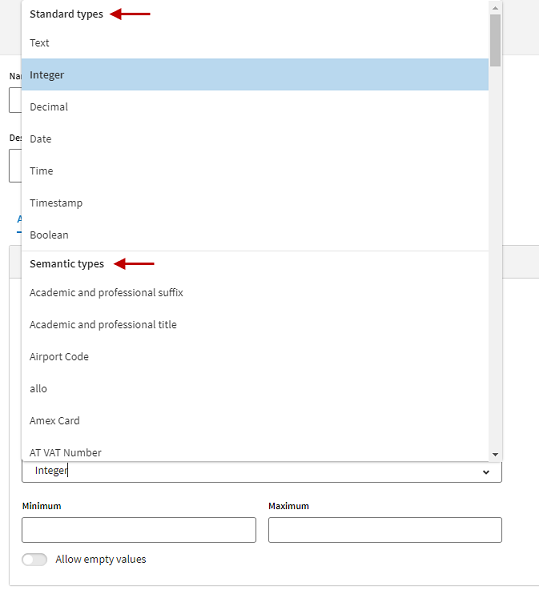Defining a data model for the Grouping campaign
In this example, you create a data model to determine the structure of the data to be managed in the Site deduplication campaign. This campaign enables data stewards to label near duplicates in a data sample extracted by a Talend Job.
Talend Cloud Data Stewardship has data model awareness which makes possible the syntactic and semantic validation of data. You can define the attributes in the data model and select their types out of a predefined standard or semantic types.
Procedure
Did this page help you?
If you find any issues with this page or its content – a typo, a missing step, or a technical error – let us know how we can improve!

